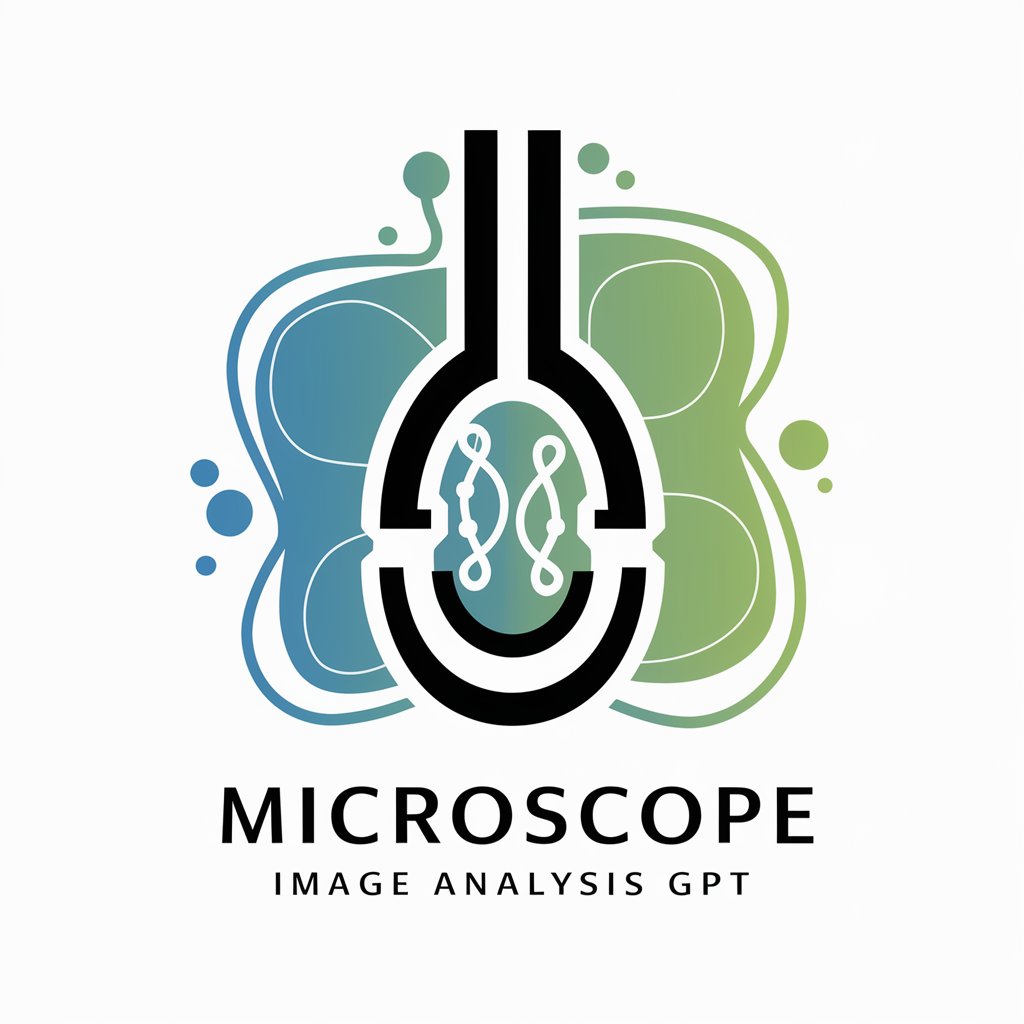
Nanoscale Imaging Analysis - Nanoscale Biological Insights
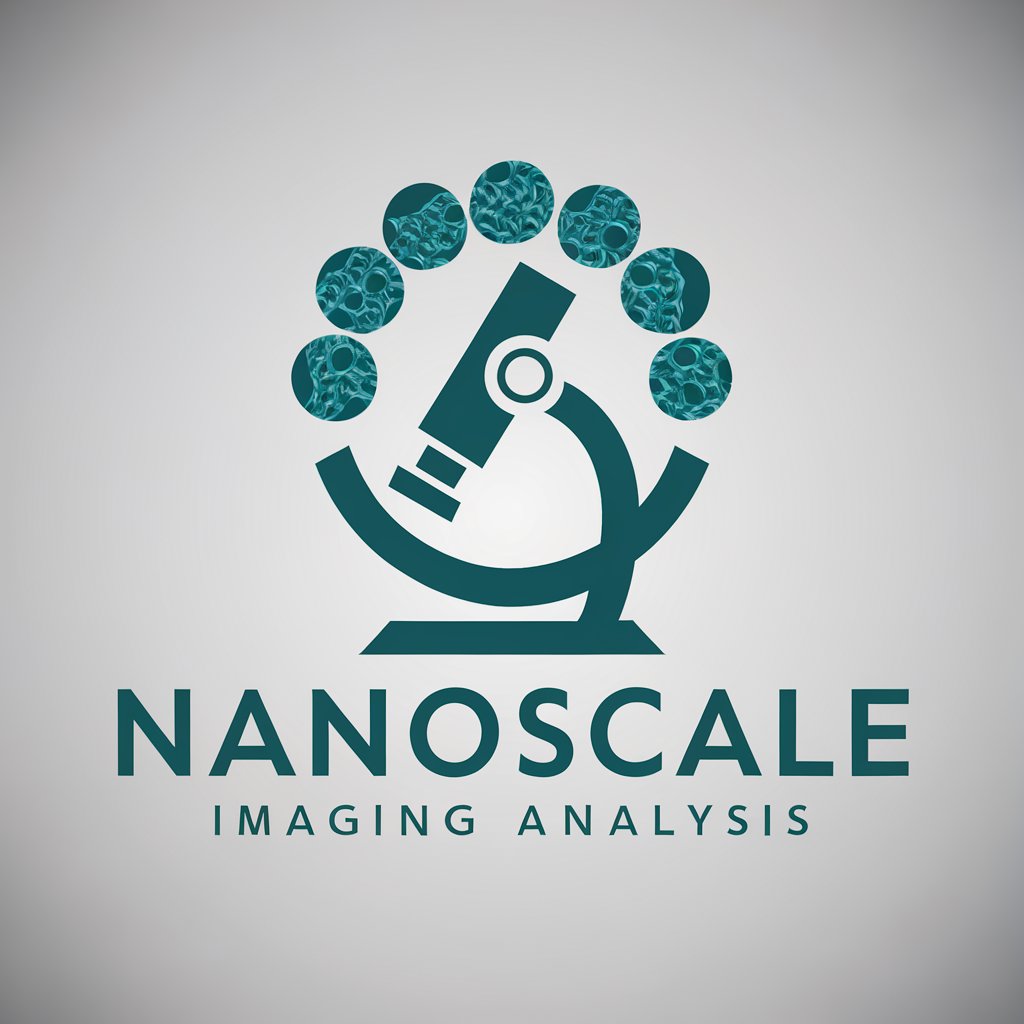
Welcome! Let's dive into the intricacies of nanoscale imaging analysis.
Unveiling the Microscopic, Powering Discovery
Analyze the provided nanoscale imaging data to identify key structural features of the sample.
Explain the significance of observed patterns in the context of biological systems at the nanoscale.
Compare the imaging results with known biological structures to determine potential similarities.
Detail the process and techniques used in acquiring the nanoscale images presented.
Get Embed Code
Overview of Nanoscale Imaging Analysis
Nanoscale Imaging Analysis is designed to facilitate the interpretation and understanding of complex biological systems at the nanometer scale, utilizing various advanced imaging techniques. This includes, but is not limited to, atomic force microscopy (AFM), scanning electron microscopy (SEM), transmission electron microscopy (TEM), and super-resolution fluorescence microscopy. By providing detailed analyses of nanoscale structures and dynamics, this service aids in deciphering the intricate behaviors and interactions within biological systems. For example, in a scenario where researchers are investigating the surface topology of a viral particle, Nanoscale Imaging Analysis could utilize AFM to provide high-resolution images, revealing surface features that are crucial for understanding the virus's mechanism of infection. Powered by ChatGPT-4o。

Core Functions and Real-world Applications
Structural Analysis
Example
Using TEM to examine the ultrastructure of cellular organelles.
Scenario
In a study aiming to understand the pathogenesis of a disease, researchers can employ TEM through Nanoscale Imaging Analysis to observe changes in organelle structure within affected cells, thereby identifying potential targets for therapeutic intervention.
Dynamic Imaging
Example
Live-cell imaging using super-resolution fluorescence microscopy.
Scenario
To track the dynamics of protein interactions during cell signaling, super-resolution microscopy can be utilized to overcome the diffraction limit of light, allowing the observation of molecular processes in living cells with unprecedented detail.
Surface Topography and Roughness Measurement
Example
Analyzing the surface roughness of biomaterials with AFM.
Scenario
In the development of new biomaterials, understanding the surface topography is critical for assessing compatibility with biological tissues. AFM can provide quantitative measurements of surface roughness, influencing the material's interaction with cells.
Material Characterization
Example
Characterizing nanoparticles using SEM.
Scenario
For applications in drug delivery, SEM can be employed to characterize the size, shape, and distribution of nanoparticles, which are critical parameters affecting their biological behavior and therapeutic efficacy.
Target User Groups for Nanoscale Imaging Analysis
Research Scientists
Scientists engaged in cutting-edge research in fields such as nanotechnology, materials science, and biology. They benefit from detailed imaging to uncover new phenomena at the nanoscale, driving forward scientific discoveries and applications.
Biomedical Engineers
Professionals developing biomedical devices or materials, where understanding interactions at the nanoscale can significantly impact the design and functionality of these innovations, from drug delivery systems to diagnostic tools.
Pharmaceutical Researchers
Researchers in the pharmaceutical industry focusing on the development of nanomedicine, where the characterization of nanoparticle formulations is essential for ensuring safety, efficacy, and regulatory compliance.
Environmental Scientists
Experts studying the impact of nanomaterials on the environment, requiring detailed analysis to assess how these materials interact with biological systems and the ecosystem at large.

Guidelines for Using Nanoscale Imaging Analysis
1
Begin by visiting yeschat.ai for a hassle-free trial that requires no login or subscription to ChatGPT Plus.
2
Familiarize yourself with the interface and available tools. This includes understanding the functionalities of image analysis, measurement options, and data interpretation features.
3
Upload your nanoscale imaging data, ensuring it's in a compatible format. Common formats include TEM, SEM, and AFM images.
4
Utilize the analysis tools to examine biological structures, measure dimensions, and identify patterns or anomalies in the imaging data.
5
Review and interpret the results. For optimal experience, compare with known standards or consult with experts in nanoscale imaging for complex biological systems.
Try other advanced and practical GPTs
Resolute Firefighter
Empowering fire safety with AI-driven advice.

Katobi Monetized Course Creator Companion
AI-powered, Beginner-Friendly Course Creation

Monetise Mate
Maximize Earnings with AI Precision

Video Content Creator
Empowering video creators with AI

UX Advisor
Empowering Design with AI Insight

Fast & Loud Chopper Designer
Crafting Your Dream Ride with AI

Architects Toolbox- Conceptual Design Imaging
Visualize architecture with AI-powered imagery.

Digital Imaging
Unleash creativity with AI-powered digital imaging
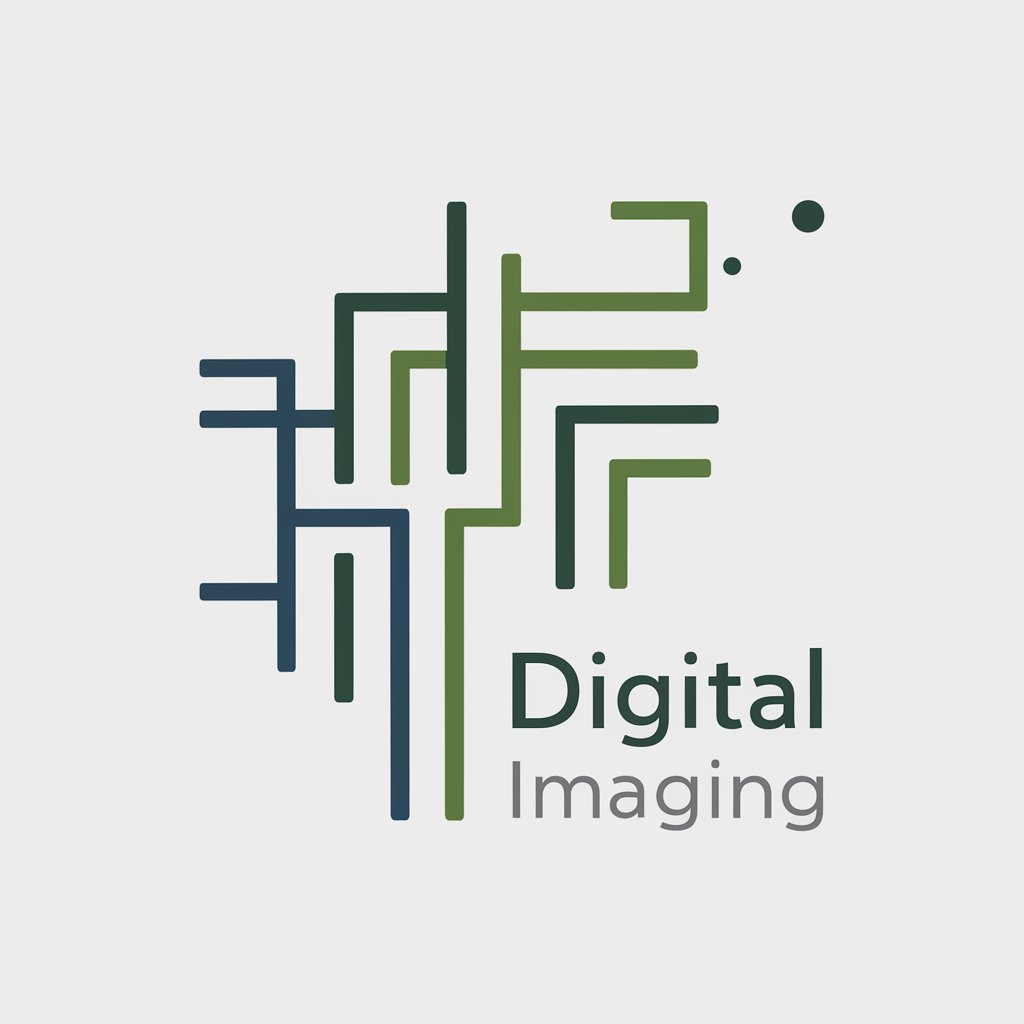
Diagnostic imaging
Transforming Text into Medical Insights

Neuromorphic Holographic Imaging
Capture the unseen, in real time.
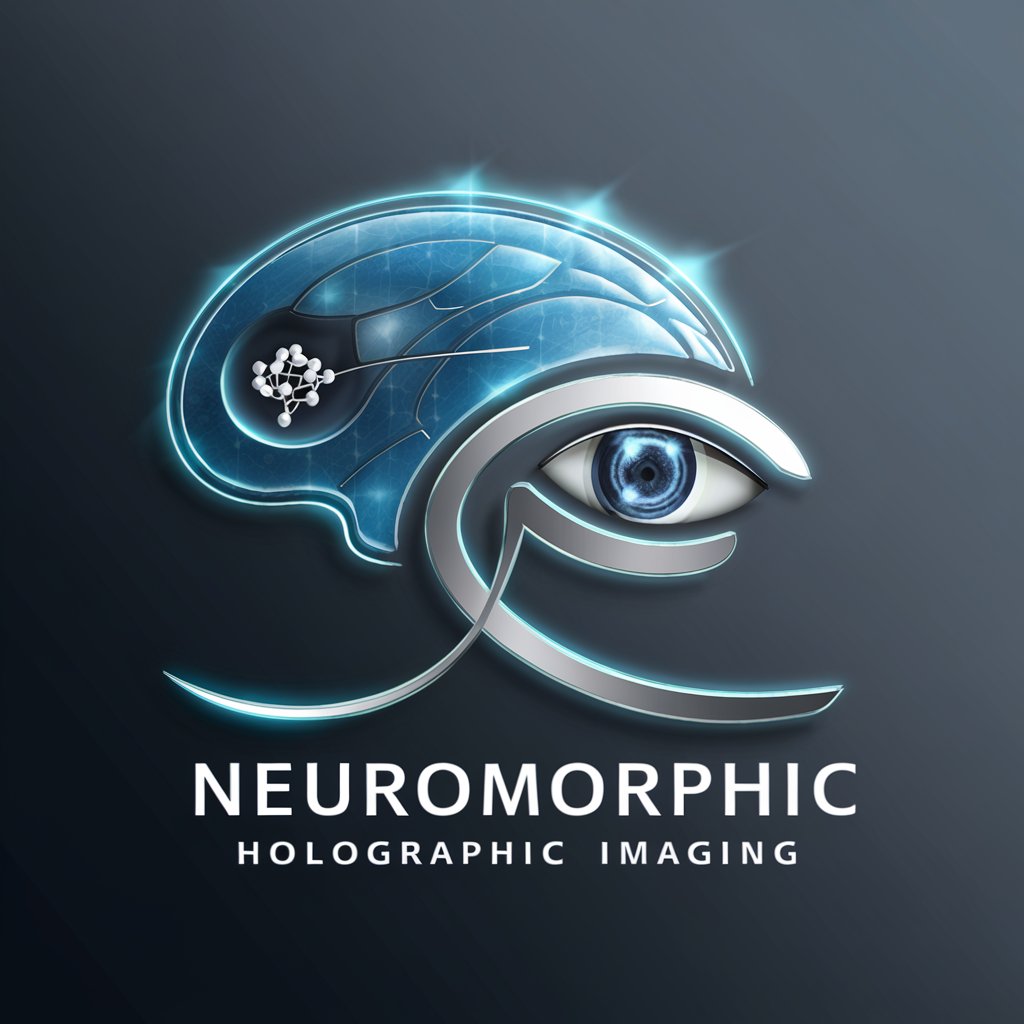
Analysis of ENT Diagnostic Imaging
Empowering ENT Diagnostics with AI
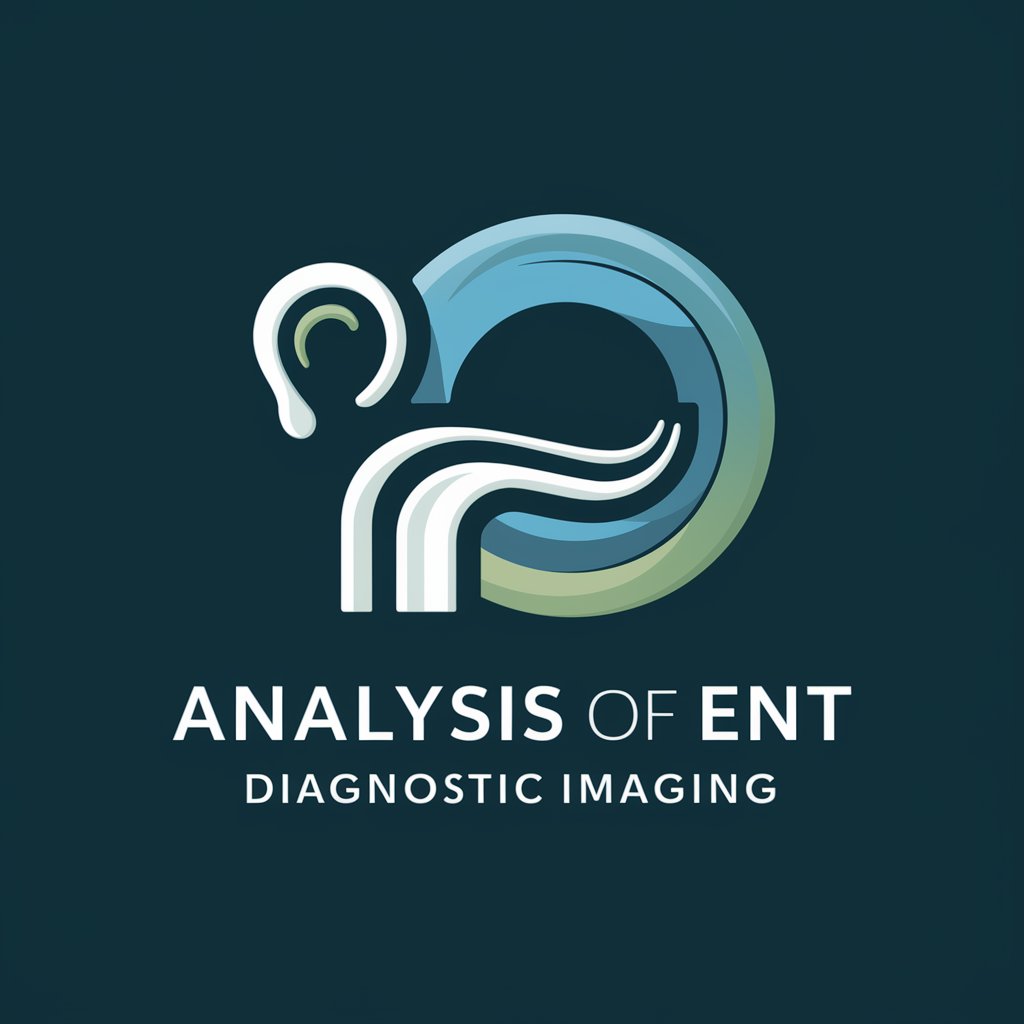
Imaging Insight
Transforming medical image analysis with AI
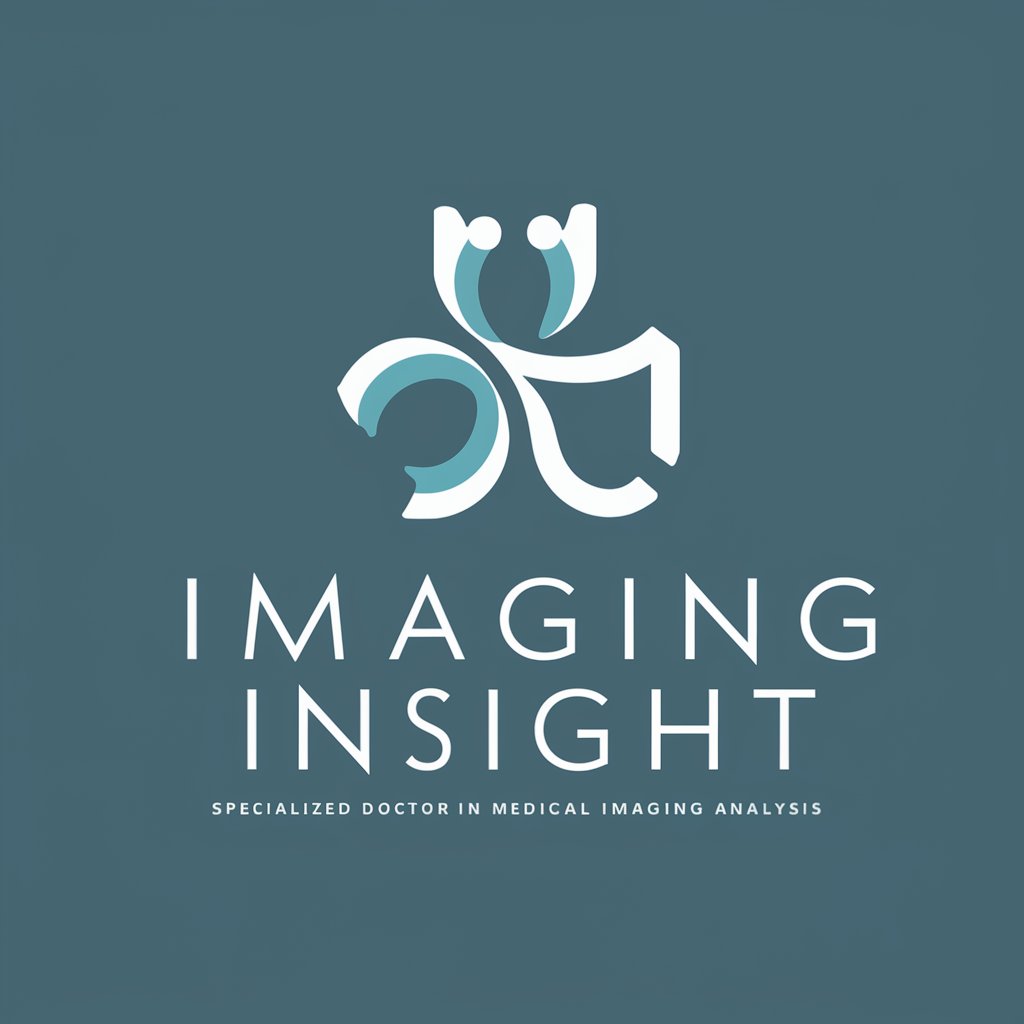
Frequently Asked Questions about Nanoscale Imaging Analysis
What types of images can Nanoscale Imaging Analysis process?
Nanoscale Imaging Analysis is designed to process images from various nanoscale imaging techniques like Transmission Electron Microscopy (TEM), Scanning Electron Microscopy (SEM), and Atomic Force Microscopy (AFM).
Can this tool help in identifying specific cellular structures?
Yes, the tool is equipped to identify and analyze specific cellular structures by providing detailed visualizations and measurements at the nanoscale.
Is Nanoscale Imaging Analysis suitable for research in materials science?
Absolutely. This tool can be invaluable in materials science for analyzing nanostructures and materials' surface properties.
How can I ensure accurate analysis using this tool?
To ensure accuracy, use high-quality, well-prepared samples and validate the results with standard references or expert consultation.
Does Nanoscale Imaging Analysis offer data export options?
Yes, it offers data export options in various formats, allowing for easy integration with other scientific analysis tools and reports.


